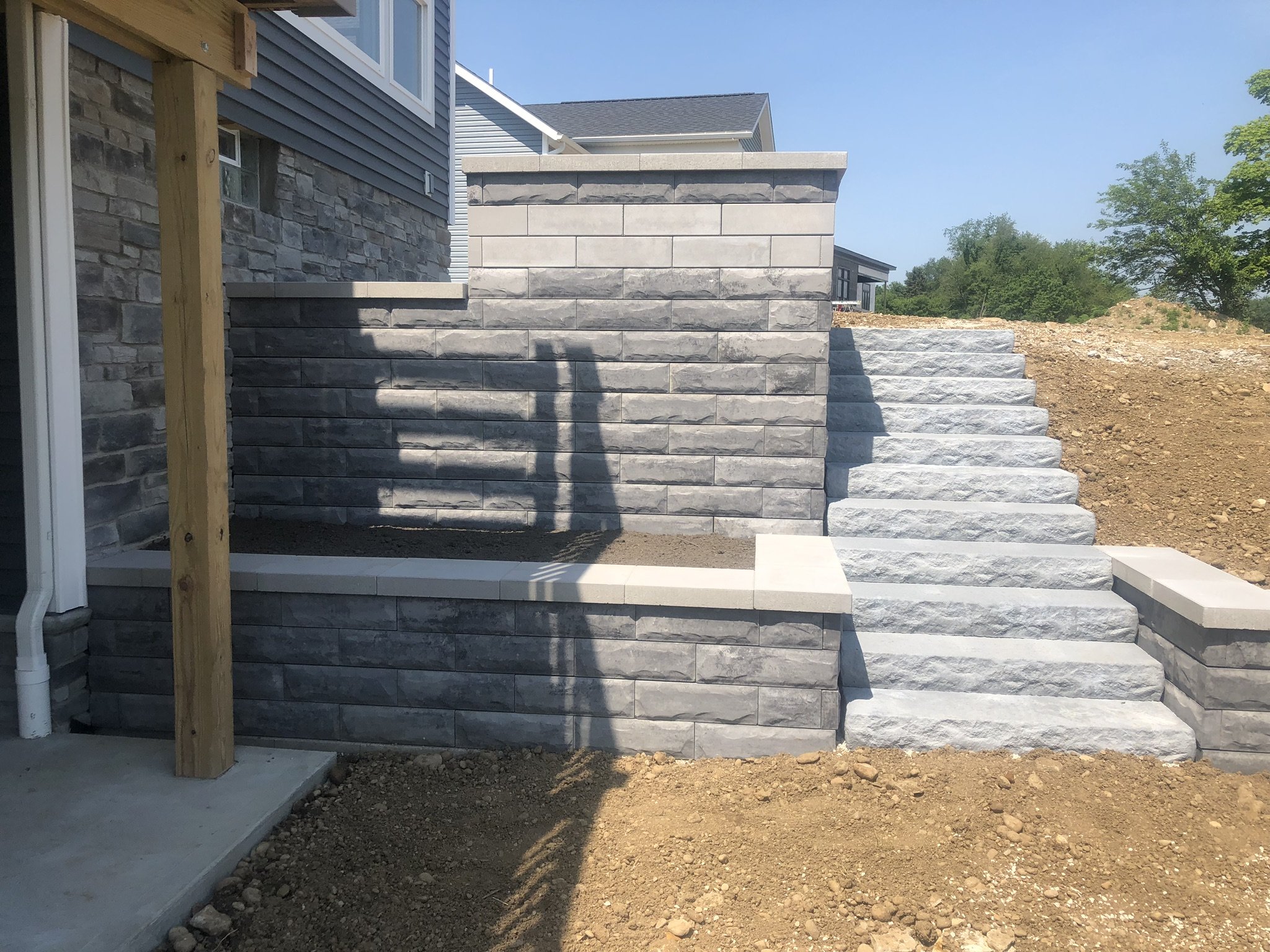Combining Form and Function: Retaining Wall and Landscape Design in Brecksville, OH
In Brecksville, OH, where the natural landscape weaves a tapestry of rolling hills and lush greenery, homeowners like you often look for ways to enhance their outdoor space that combine both aesthetic appeal and practical functionality. A well-designed retaining wall serves as a prime example of this blend, offering both a solution to the challenges of uneven terrain and a dynamic element to the overall landscape design.
Related: 6 TIPS FOR AN OUTDOOR LIGHTING PLAN IN AND AROUND A RETAINING WALL IN THE COPLEY TOWNSHIP, OH AREA
The Role of Retaining Walls in Your Landscape
Retaining walls have a critical role in landscape architecture. They provide essential support to vertical grade changes in your yard, preventing soil erosion and managing water flow. But beyond their practical application, retaining walls can transform the aesthetics of your outdoor space. They can create terraces on sloped land, offering new areas for planting beds or paver patios and walkways. Retaining walls can also serve as seating areas, or as a backdrop to a focal point in your landscape, like a water feature or fire pit.
Material Choices Reflecting Personal Style and Landscape Needs
The material you choose for your retaining wall can significantly influence both its function and form. In our area, where the weather can range from hot summers to snowy winters, it's crucial to select materials that are not only visually appealing but also durable and capable of withstanding local weather conditions.
Options might include natural stone for a classic and sturdy wall, interlocking concrete blocks for a modern and customizable design, or treated timber for a warm, rustic feel. Each material has its unique texture, color, and installation technique, which can be tailored to complement your home's exterior and the surrounding natural landscape.
Incorporating Retaining Walls into Landscape Design
When integrating a retaining wall into your landscape, consider it as an opportunity to add depth and structure to your outdoor area. A retaining wall can be more than just a necessary structure; it can be a creative element that enhances the overall design.
For example, if your property is on a slope, you might use retaining walls to create a series of terraced landscapes, each with its own theme or type of planting. Alternatively, a single, long retaining wall can provide a dramatic backdrop to an outdoor living space, adorned with climbing plantings or integrated outdoor lighting for ambiance.
Related: MAXIMIZE YOUR OUTDOOR SPACE IN RICHFIELD OR COPLEY TOWNSHIP, OH WITH A STYLISH RETAINING WALL
Ensuring Proper Drainage and Stability
A key aspect of retaining wall design is ensuring proper drainage and stability. Without adequate drainage, water can build up behind the wall, leading to pressure that compromises the wall's integrity. In an area like ours, where heavy rains can occur, it's especially important to include drainage solutions like weep holes or drainage tiles.
Stability is also a critical factor, particularly for taller walls or those supporting a significant amount of soil. Working with landscape professionals can ensure that your retaining wall is not only beautiful but also durable.
Customizing for Unique Spaces
Every landscape is unique, and the design of your retaining wall should reflect the specific contours and characteristics of your property. Perhaps your yard has a natural curve that a serpentine retaining wall could follow, or maybe there's a perfect spot for a circular retaining wall surrounding a patio. The height, length, curve, and placement of the wall can all be customized to enhance the natural flow of your landscape and to meet your specific needs and preferences.

